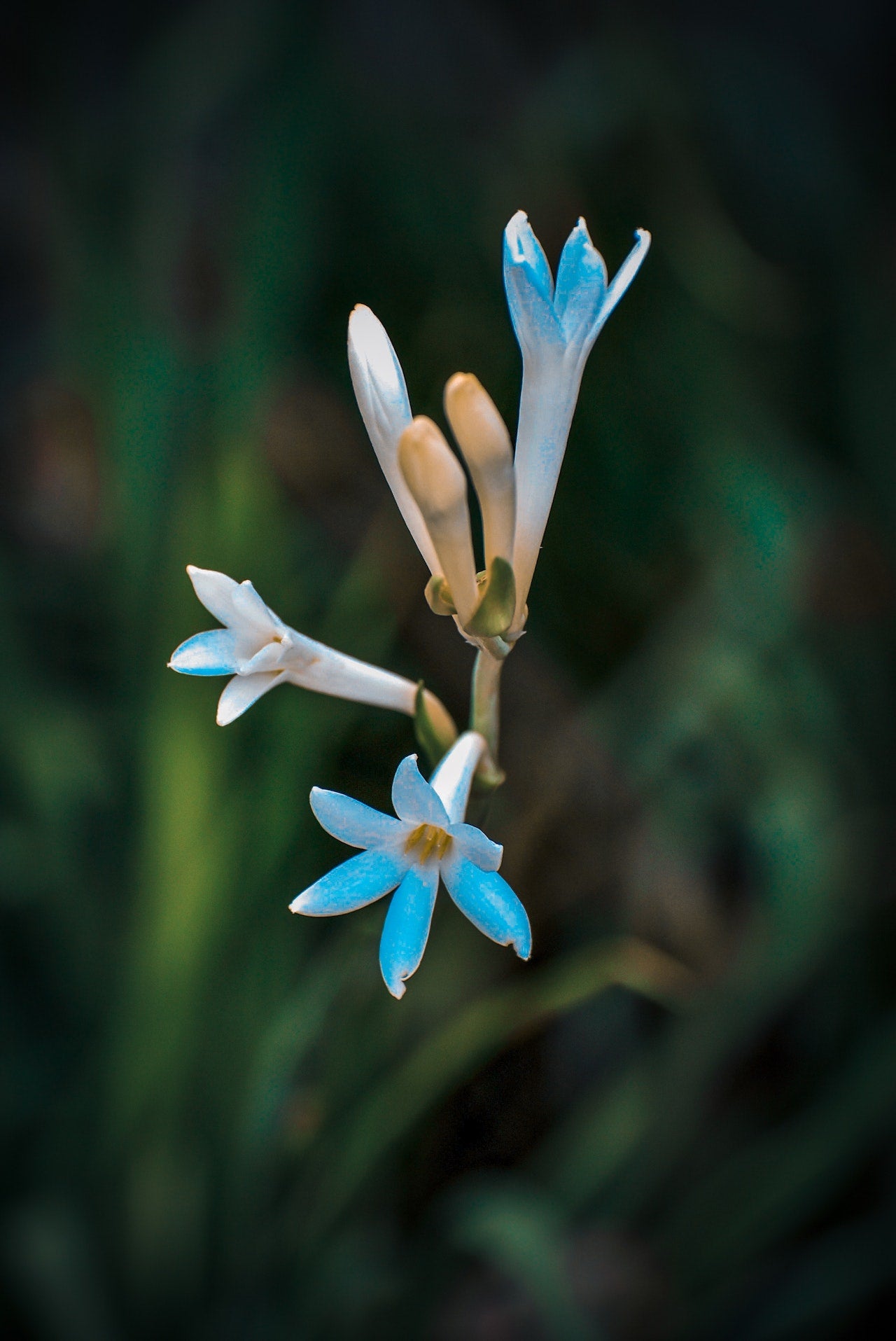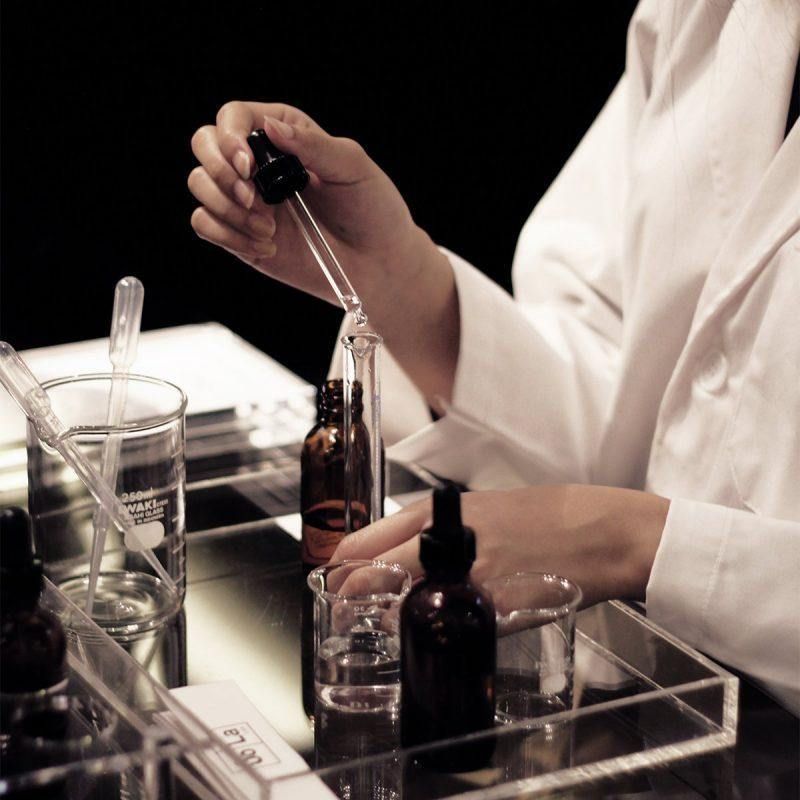Explaining the chemical structure of Tuberose

Tuberose is a delightfully fragrant flowering plant that is widely used in perfumes and other fragrances. The fragrance of tuberose is thanks to a complex mixture of volatile organic compounds (VOCs), including monoterpenoids, sesquiterpenoids, and benzene derivatives. Some of the key compounds found in tuberose include indole, benzyl acetate, benzyl alcohol, jasmine lactone, and methyl benzoate.
Indole, a cyclic organic compound, has a strong and heavy floral odour that contributes to the floral and sweet aroma of tuberose. Benzyl acetate and benzyl alcohol are both fragrant compounds that have a fresh and floral scent, while jasmine lactone has a sweet and floral aroma with a hint of jasmine. Methyl benzoate is an ester with a fruity, floral, and sweet odour.
The specific composition and relative amounts of these compounds in tuberose can vary depending on various factors such as the species of plant, the soil conditions, the climate, and the time of year when the flowers are harvested. By controlling the composition and concentration of these compounds, perfumers can create different variations of the tuberose fragrance to suit different preferences and applications.
Discover this wonderfully complex white flower inside Oo La Lab.
- Tags: Fragrance Notes






